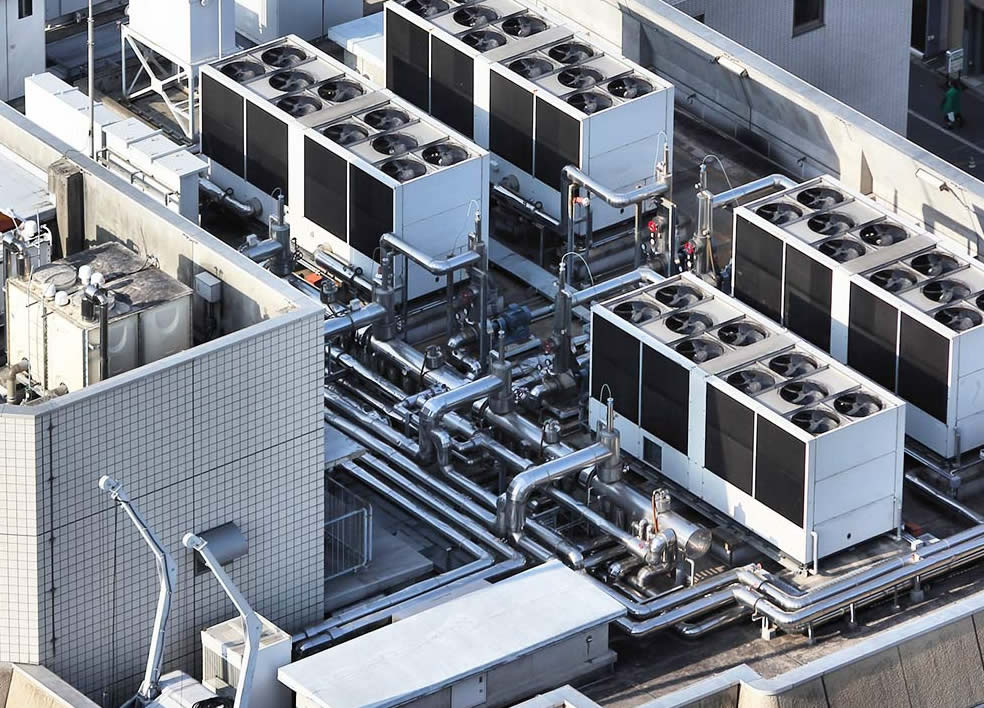The seismic building design is a major concern of construction companies and architects, because of the risk of seismic hazards

Today’s residential spaces and high-performance buildings have complex environments. Yet most people, especially in urban areas, spend most of their time inside these spaces. To ensure aesthetics, safety, comfort, and efficiency, teams from various disciplines must collaborate. This is where MEP engineering comes in!
There is an emerging trend of sustainability in high-rise buildings. As a result, the complexity of MEP systems is increasing as well. On top of that, these systems are taking up larger parts of the project. MEP designs traditionally focused on visible elements like ducts, radiators, and lights. However, that has changed. Nowadays, the systems include the infrastructure supplying those elements as well.
As you know, the lead architect is responsible for delivering high-quality construction projects. To support the architect’s vision, the expertise and knowledge of MEP engineers are needed. In other words, MEP engineering plays an essential role in complex construction projects. But what does it entail? Well, let’s find out!
First, in the construction industry, MEP is an acronym for Mechanical, Electrical & Plumbing. MEP engineering refers to the art of managing and designing the building’s MEP systems.
Mechanical, Electrical, and Plumbing systems are the central nervous system of a building. That’s because they’ve many different functions. For instance, they make the interior spaces pleasant, comfortable, and livable. That way, occupants can enjoy the cozy spaces, regardless of whether it’s a skyscraper or a single unit.
All construction projects where facilities and services are needed must include MEP systems. This includes buildings intended for industrial, residential, or commercial purposes.
MEP design includes a group of electrical and mechanical services for various facilities. For instance, HVAC engineering is controlled by mechanical systems. MEP involves installing AC systems, fire fighting systems, alarm systems, and electrical systems. Also, it involves the installation of drainage systems, data systems, and surveillance systems. For this reason, MEP is also referred to as the building’s facilities and services.
Civil and architectural construction provide aesthetics, structure, and shape to a building. However, MEP brings facilities for providing services to the occupants. With that in mind, let’s look at the components of MEP engineering!
As we said earlier, mechanical systems largely consist of HVAC design. However, they can relate to transportation systems like escalators and lifts. Moreover, the mechanical design can include industrial plant & machinery, and infrastructure elements.
Heating, Ventilation & Air Conditioning systems make indoor spaces more comfortable. This allows people to occupy the building under all weather conditions. HVAC engineering also regulates indoor humidity and maintains air quality. Overall, these systems consider; heating, ventilation, air filtration, humidity control, exhaustion, and cooling.
The biggest challenge in Mechanical works is developing an economic and efficient design. That’s because each device providing mechanical services will either need electricity or water.
The building’s electrical design mainly deals with lighting and power supply/ distribution. However, it includes other systems like emergency power, communication, security, and BMS.
Electrical systems power the devices, lights, and other systems. Most mechanical systems have to be powered by electrical systems. For this reason, some mechanical and electrical systems may overlap. Such components are known as mechanical & electrical systems.
The biggest issue with electrical systems is finding the best piping/ wiring routes. Thankfully, electrical designs have more flexibility than mechanical systems. That’s because they take up less space and you can even direct them around or through any obstacle.
Plumbing works comprise any system that promotes the flow of fluids. This involves plumbing fixtures, valves, pipes, and tanks among others. In buildings, plumbing engineering mainly deals with drinking water, drainage & sewerage systems. Fire fighting systems like pumps and sprinklers are also part of plumbing design.
A well-designed plumbing system shouldn’t interfere with other systems during installation. Besides, proper coordination among various systems will prevent a lot of rework. In residential buildings, plumbing designs include consumption water, hot water, and sewerage system.
Note, plumbing systems can also be part of the mechanical design. This is because they can be used for transferring coolant or pressurized air in HVAC systems.
Conclusion
Every construction project is unique, and so are its MEP specifications. Why not call InnoDez Design& Engineering today? Our MEP engineers will help you determine the best specifications for your project. We’re a leading MEP engineering firm based in California, offering various MEP solutions. With our collaborative approach, we’ll optimize your investment with efficient MEP designs.
About Author
InnoDez